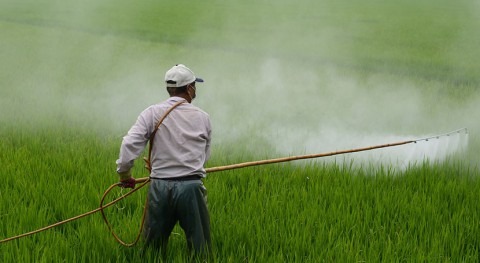A new analysis of the River Ganges in West Bengal, India, highlights how wastewater flowing into the river impacts its water quality, and how that influence shifts with seasons and tides. Sayanti Kar of Jadavpur University and Asutosh College in Kolkata, India, and colleagues present these findings in the open-access journal PLOS Water on February 15, 2022.
Flowing through India and Bangladesh, the Ganges is the most sacred river in Hinduism. However, wastewater from nearby cities severely pollutes the river. The Ganges empties into the Bay of Bengal, in the Indian Ocean, and is therefore influenced by tides. Seasonal monsoons also affect the river.
To better understand the impact of tides and seasons on the River Ganges, Kar and colleagues conducted a comprehensive water quality analysis between 2014 and 2018. They focused specifically on a stretch of the river in West Bengal, India, located between Howrah Station—a major railway station near Kolkata—and Khardah, another city near Kolkata.
In 2014, after an extensive survey, the researchers selected five major outfalls where city wastewater flows into the Ganges. At each outfall, for the next four years, they monitored river water quality according to several different parameters, including measurements known as dissolved oxygen and biochemical oxygen demand, as well as concentrations of various heavy metals and fecal coliform level—an indicator of potential contamination by human feces.
The analysis, which included GIS mapping, showed that dissolved oxygen and biochemical oxygen demand, as well as levels of nitrate nitrogen and chloride, were significantly higher at each of the five sites prior to monsoon season than during monsoon season. Additionally, heavy metal and fecal coliform levels were strongly correlated with each other, and measurement of one could be used to predict the other. The researchers were also able to use their data to mathematically model the influence of tides on various water quality parameters at the five sites.
Overall, the analysis provides new insights into how outfall wastewater impacts water quality in this stretch of the Ganges, depending on seasonal and tidal conditions. This information could help inform new guidelines for safe usage of river water.
The authors add: "River Ganges is not only a symbol of faith and hope for millions of people but is also used for daily human usage and livestock management. A collaboration between Asutosh College, Jadavpur University, and Navajo Technical University investigated the influence of river flow, tidal dynamics, and seasons on distribution of pollutants entering the river from different discharge points (city outfalls) at selected river stretches to prepare river water usage guidelines."





